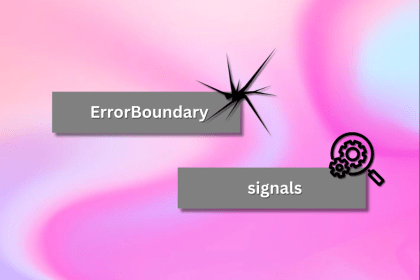
Error boundaries catch only render-time failures, which isn’t enough for modern async UIs. Signals treat errors as reactive state, giving you consistent handling across your app.

Build fast, scalable UIs with TanStack Virtual: virtualize long lists, support dynamic row heights, and implement infinite scrolling with React.

CI/CD isn’t optional anymore. Discover how automated builds and deployments prevent costly mistakes, speed up releases, and keep your software stable.

A quick comparison of five AI code review tools tested on the same codebase to see which ones truly catch bugs and surface real issues.
Hey there, want to help make our blog better?
Join LogRocket’s Content Advisory Board. You’ll help inform the type of content we create and get access to exclusive meetups, social accreditation, and swag.
Sign up now
2 Replies to "How to define higher-order functions in Rust"
Thanks for a great article. In python I can pass a method that is bound to an object. Can I do the equivalent in rust?
Hello Giles. A method in Rust is just a function, which also takes a first `self` parameter (similarly to Python). Hence, passing a method is just a matter of using the right types in the function signatures:
pub struct Greeter {
greeting: String
}
impl Greeter {
fn greet(&self, name: String) -> String {
return format!(“{}, {}”, self.greeting, name);
}
}
fn call(name: String, fun: fn(&Greeter, String) -> String) -> String {
let greeter = Greeter { greeting: “Hello”.to_string() };
return fun(&greeter, name);
}
fn main() {
println!(“{}”, call(“Giles”.to_string(), Greeter::greet));
}